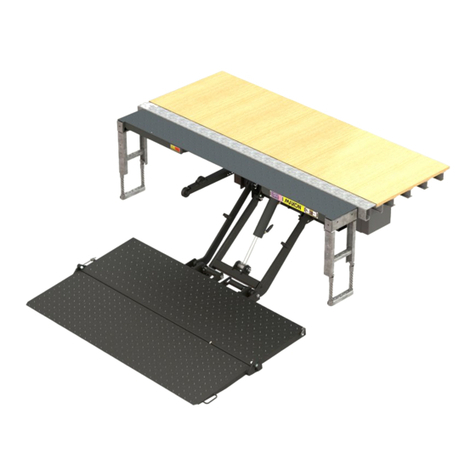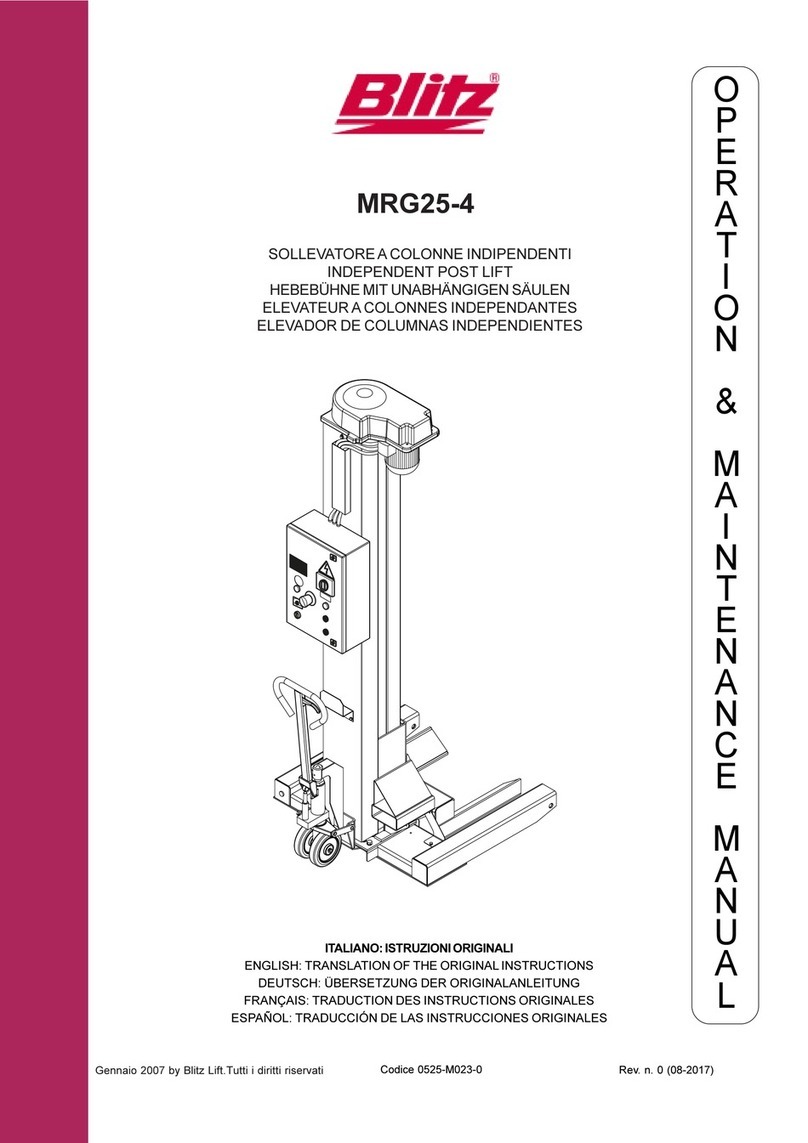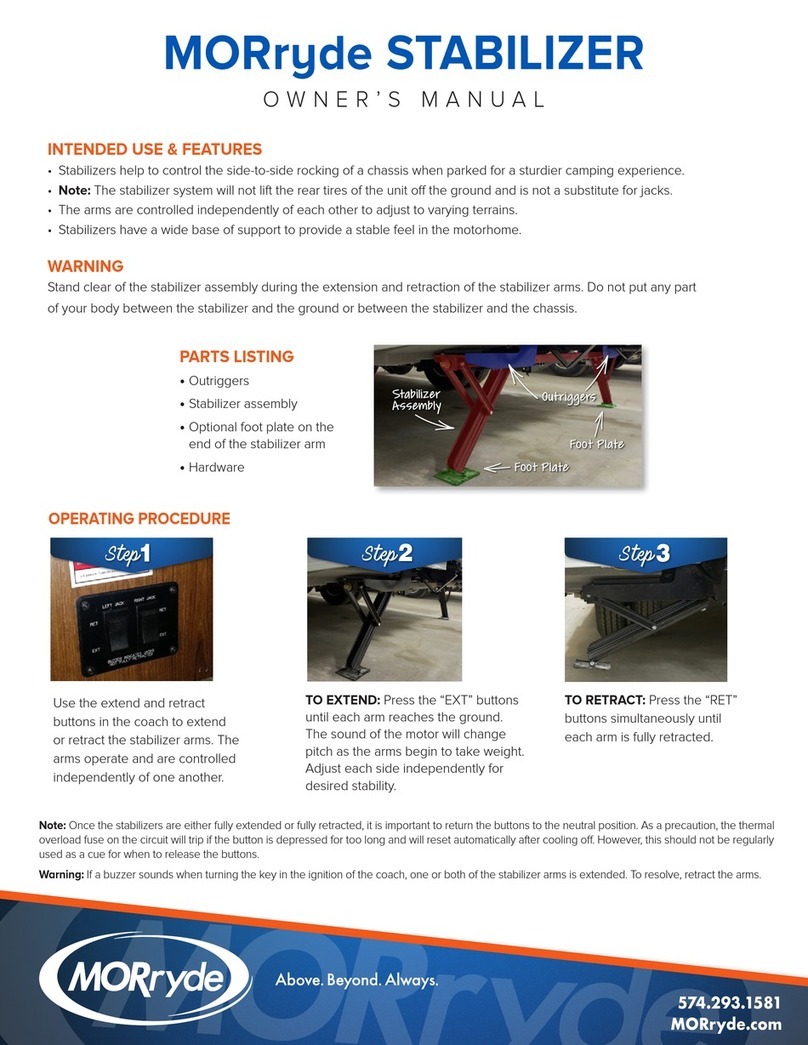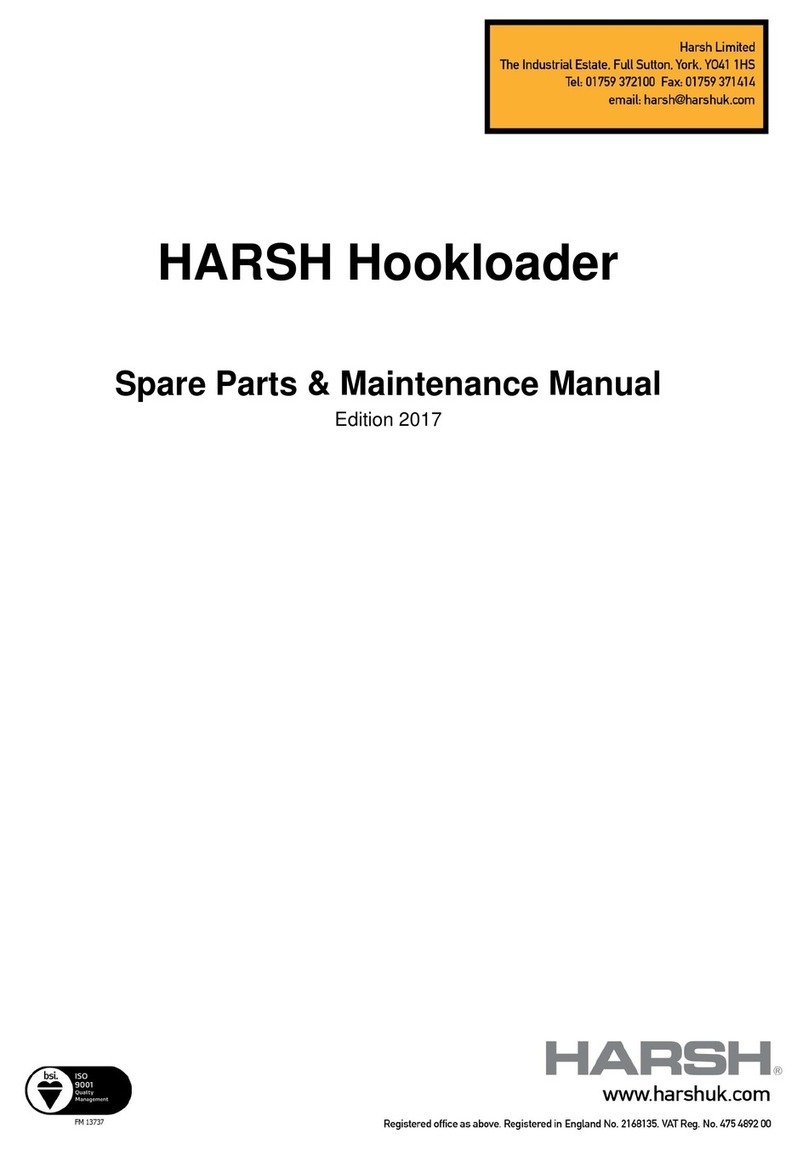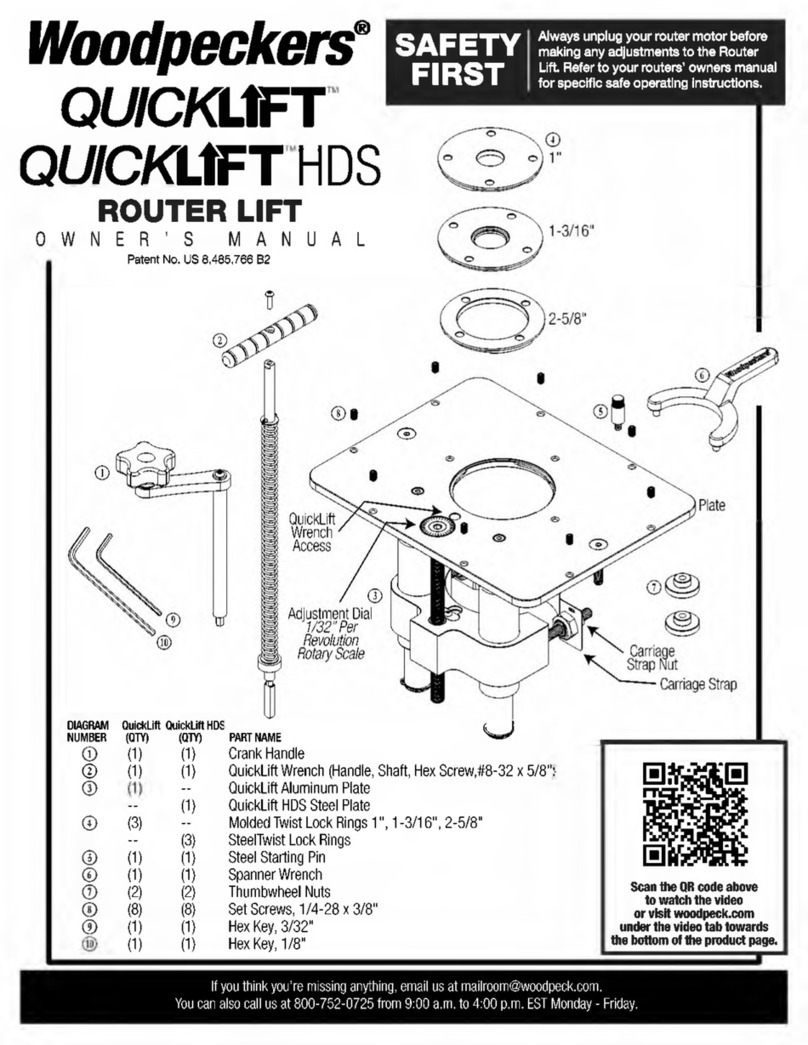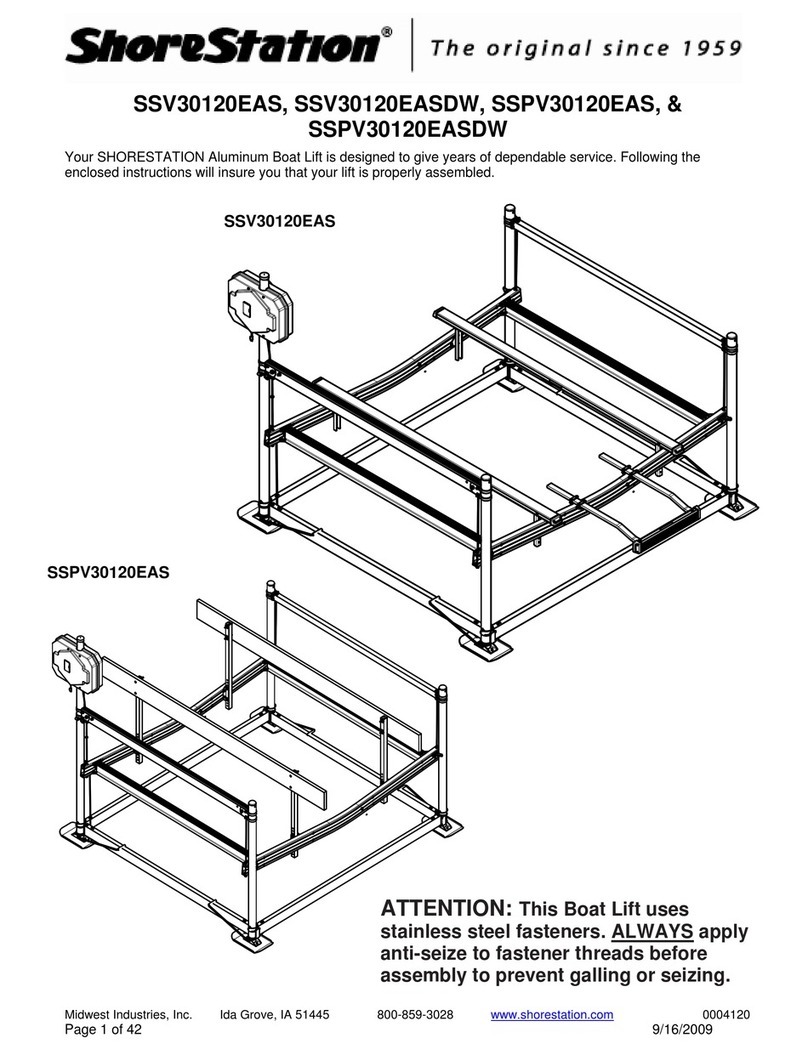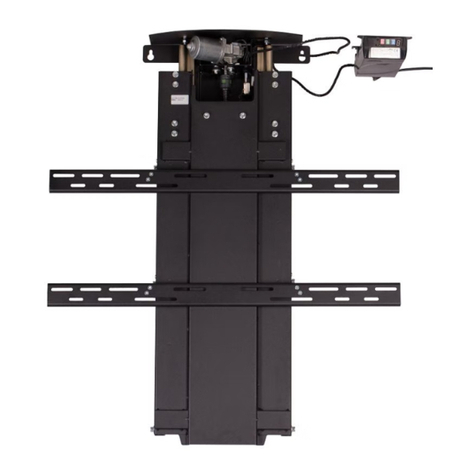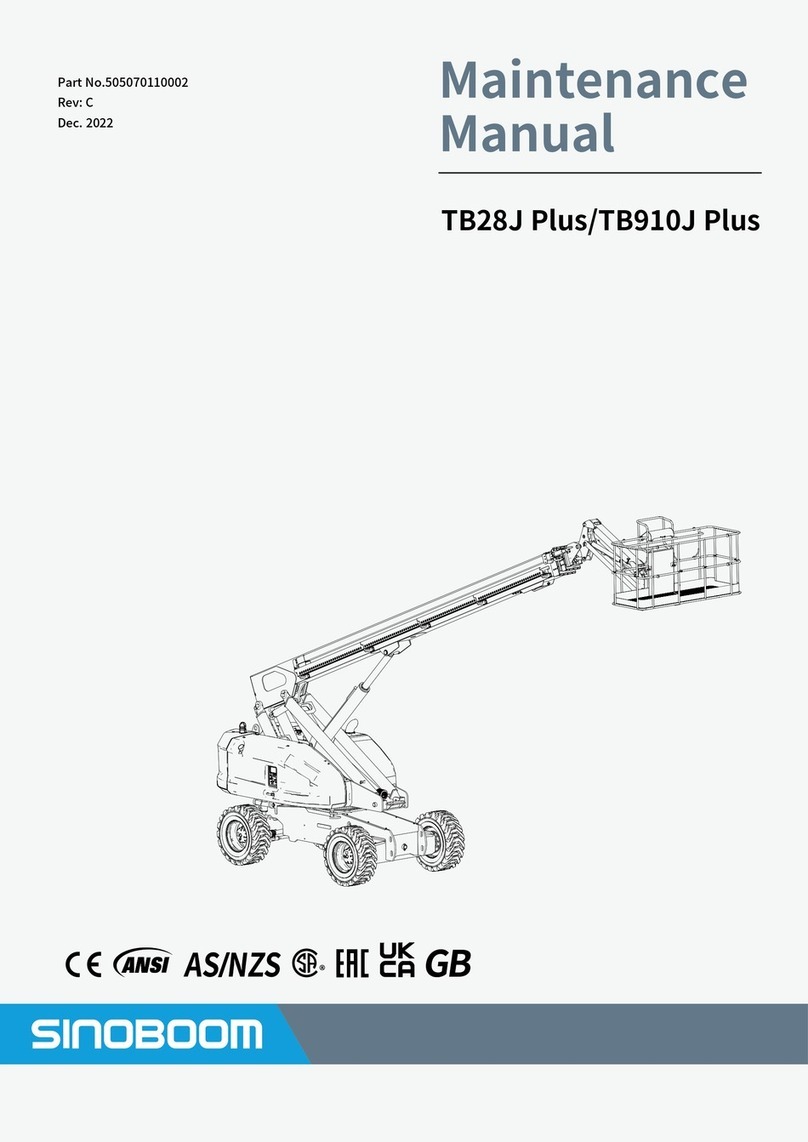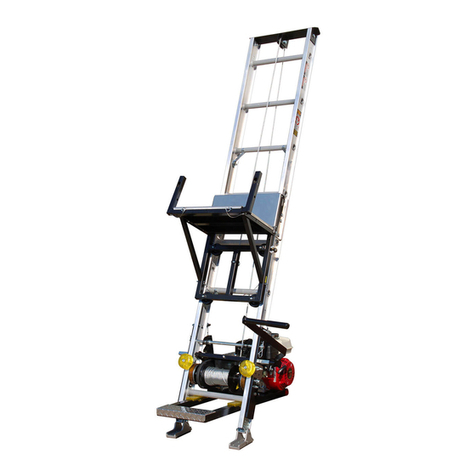Stairs Climbers Jacob User manual

Jacob
Instruction Manual
Wheelchair Stair Lift
1

Contents
1 Essential Safety Information 3
2 Description 5
2.1 Features 5
2.2 Technical parameters 6
3 Initial Operation 7
3.1 Turning the Unit On 7
3.2 Checking the Battery Charge 7
4 Operation 8
4.1 Loading a Wheelchair User 8
4.2 Climbing Stairs 12
4.3 Descending Stairs 14
4.4 Folding the Unit 15
5 Maintenance 17
5.1 Charging the battery pack 17
5.2 Cleaning 18
5.3 Recycling 18
6 Troubleshooting 19
2

1 Essential Safety Information
The following symbols are used throughout this manual
Caution:
Failure to comply with this notice may result in injuries.
Note:
Failure to comply with this notice may result in damage to the
unit or premises.
Before Initial Operation
●Read the user manual and note all warnings and safety
instructions.
●Note technical data as lifting capacity cannot be exceeded.
●Check all electronic functions, safety brakes, and the position of the
climbing track.
General Usage Notes
●The operator of the wheelchair stair lift should be trained.
●The wheelchair stair lift operator should be physically capable of
operating the unit.
●If the unit has been in temperatures at or below freezing for any
length of time, please wait at least an hour after moving the unit to
a warmer environment before operating the unit.
●Wear non-slip footwear and always operate with both hands.
●Practice operating without a load and at low speed initially.
●The hand truck should not be used for the transportation of cargo.
●Ensure the passenger is safely secured with the attached safety
belts.
●Do not use in rain, wet conditions, or on snow or ice.
●Do not use if the wheels or climbing track is broken or if any part of
the frame is loose.
●Do not use on escalators or travelators.
●Turn off the unit when it is being transported to different locations.
●Keep the plug-in elements dry.
●Protect the battery and charging cable by avoiding oil and grease.
●Do not use aggressive cleaning agents.
●Do not use high-pressure cleaning methods.
●Repairs may only be done by certified and experienced personnel
●Keep away from naked flames.
●The battery may interfere with other electronic device’s sensitive
electromagnetic fields (e.g. anti-theft systems in department
stores).
●Only genuine accessories should be used.
3

While Operating the Unit
●Never change settings while climbing or descending stairs.
●Never put any part of a body, especially feet, under the climbing
tracks.
●If the drive elements lock up, turn off the unit immediately.
4

2 Description
2.1 Features
5

2.2 Technical parameters
Product size (L*W*H)
63*56*112cm
Folded size (L*W*H)
112*46*30cm
Packing size(L*W*H)
120*60*35cm
Load limit
200kg
Net Weight.
33kg
Gross Weight
49kg
Height adjustment
112cm to 171cm with three height positions
Overall depth
111cm
Overall width
50cm
Motor output power
120w
Motor output voltage
20-29.4v
Motor adaptable voltage
110-240v
Motor current
13.9A
Battery voltage
24v
Service life
3-5 years
Climbing Track Angle
Three selectable angles to suit different
floor types.
6

3 Initial Operation
Note:
Before the initial operation, please ensure the machine will be
operated in an environment higher than 0°C.
3.1 Turning the Unit On
The power switch is located on the
lifting pallet, close the main frame.
Turn the switch to the ON position.
3.2 Checking the Battery Charge
Press the red button on the battery
charge indicator panel. The green
lights will illuminate if there is a
charge.
1 light= 25% charge
2 lights= 50% charge
3 lights= 75% charge
4 lights= 100% charge
Ensure the unit is charged prior to
use.
7

4 Operation
Caution:
Never leave a wheelchair user unattended in the unit and
always use the supplied safety belts.
Caution:
The wheelchair stair lift should only be operated by trained
personnel.
Caution:
The unit must be operated with two hands at all times.
Note:
The battery should be fully charged prior to using the unit for
the first time.
4.1 Loading a Wheelchair User
Position the unit close to the stairs
but far enough away to allow the
wheelchair user to be loaded
safely.
Lock the wheels on the unit.
Extend the operating handle by
pressing the lower of the red
buttons on the back of the frame
(as shown) and pulling up on the
handle.
8

When the desired position is
reached, release the red button.
There are 4 heights can be
selected.
Ensure the operating handle is
locked in position by pulling on the
handle with the button released.
Adjust the headrest by depressing
the upper of the red buttons on the
back of the frame and sliding the
headrest to the desired position.
Release the button and ensure the
headrest is locked into position.
Adjust each locking catch to the
appropriate size for the wheelchair
by pulling the locking ring upwards
and sliding the locking catch out or
in as required.
9

Press the red button under the lock
catch to adjust the lock catch.
Adjust the position of each wheel
loading tray by pulling the locking
ring away from the unit and sliding
the loading tray to the desired
width.
The loading trays each have scales
marked on their support bars for
your convenience.
10

Manoeuvre the wheelchair onto
the unit as shown.
The main wheels of the wheelchair
should be firmly seated in the
loading trays.
The locking catches should secure
the back of the wheelchair.
The headrest should be in a
comfortable position for the
wheelchair user.
Make any adjustments required
before moving the chair.
Secure the wheelchair and user in
place using the safety belts.
Lock the main wheels of the
wheelchair.
4.2 Climbing Stairs
11

Caution:
Never touch any part of the climbing tracks when the unit is
powered.
Caution:
Always ensure that all parts of the unit are securely locked into
place, especially the stair climbing tracks, before climbing stairs.
Position the unit at the base of the
stairs.
Lock the wheels on the unit.
Visually inspect the stairs to ensure
that there are no safety hazards,
including debris, ice, or water.
Deploy the climbing tracks by firmly
pressing the grey tab above the red
tab.
Ensure the climbing tracks are as
close to the stairs as possible and
firmly locked in position.
12

Turn on the control unit by
pressing the red POWER button.
Tilt the unit backward until the
climbing track is in contact with the
stairs.
Press the UP button on the control
unit to begin moving.
When you have reached the top of
the stairs, manoeuvre the unit
completely onto the landing and
return the unit to an upright
position.
Press the red POWER button to
turn off the climbing tracks.
Move the unit far enough away
from the stairs to allow the
wheelchair user to be safely
unloaded.
Lock the wheels on the unit.
Unstrap the safety belts and
disengage the wheelchair wheel
locks and the locking catches on
the unit.
Push the wheelchair forward until it
is clear of the unit.
13

4.3 Descending Stairs
Caution:
Never touch any part of the climbing tracks when the unit is
powered.
Caution:
Always ensure that all parts of the unit are securely locked into
place, especially the stair climbing tracks, before descending
stairs.
Position the unit at the top of the
stairs.
Lock the wheels on the unit.
Visually inspect the stairs to ensure
that there are no safety hazards,
including debris, ice, or water.
Deploy the climbing tracks (as
described above) and ensure they
are positioned at an appropriate
angle.
14

Turn on the control unit by
pressing the red POWER button.
Tilt the unit backwards and
carefully push the unit towards the
stairs until the climbing tracks
engage on the stairs.
If possible, have a second person
positioned on the stairs to steady
the unit as you manoeuvre it into
position.
Press the DOWN button on the
control unit to begin moving.
When you have reached the
bottom of the stairs return the unit
to an upright position.
Press the red POWER button to
turn off the climbing tracks.
Move the unit far enough away
from the stairs to allow the
wheelchair user to be safely
unloaded.
Lock the wheels on the unit.
Unstrap the safety belts and
disengage the wheelchair wheel
locks and the locking catches on
the unit.
Push the wheelchair forward until
it is clear of the unit.
4.4 Folding the Unit
15

Remove each wheel loading tray by
pulling the locking ring away from
the unit and sliding the tray
completely free of the unit.
Lay the unit on the ground.
Under the loading pallet are two
screws. Remove these screws and
then press lightly on the loading
pallet.
The unit will fold.
16

5 Maintenance
5.1 Charging the battery pack
Caution:
Do not use wet hands when operating the equipment.
Notice:
Charge the unit after each use.
Notice:
Protect the charger and the charging wires from oil, grease,
detergent, thinner or any potentially damaging liquids.
Notice:
Always keep sockets dry
Notice:
Follow the operating instructions to charge the battery.
Notice:
The new battery will reach its optimum state after several
charging and discharging cycles.
Turn off the main switch.
The charging port is located next to
the power switch. Unscrew the
charging port cover.
Connect the charging cable to the
charging port Plug the charging
cable into a mains power outlet.
When the battery is charged,
17

remove the charging cable and
screw the charging port cover back
into place.
5.2 Cleaning
Clean the unit and its parts with a clean cloth or soft brush and warm
soapy water. Rinse with warm water and air dry. Do not clean with
products comprising of bleach or phenol. A stiff bristled brush can be
used if necessary.
5.3 Recycling
Stair Climbers products are designed to have a long service life. However, if
your unit is near the end of its life, you can return the unit to the
manufacturer for recycling.
18

6 Troubleshooting
Fault
Detection and solution
The unit won’t start or
can't go up or down
stairs
Ensure the main power switch on the loading
pallet is in the ON position. The indicator light
should glow red.
Check the battery charge.
If it shows low power (<25%), charge the unit.
If the battery has > 25% charge remaining,
and the unit is unable to start, please contact
the manufacturer.
The battery can't be
recharged
Please contact the manufacturer.
19

ww.stairclimbers.com.au
(03) 8899 6615
20
Table of contents
Popular Lifting System manuals by other brands
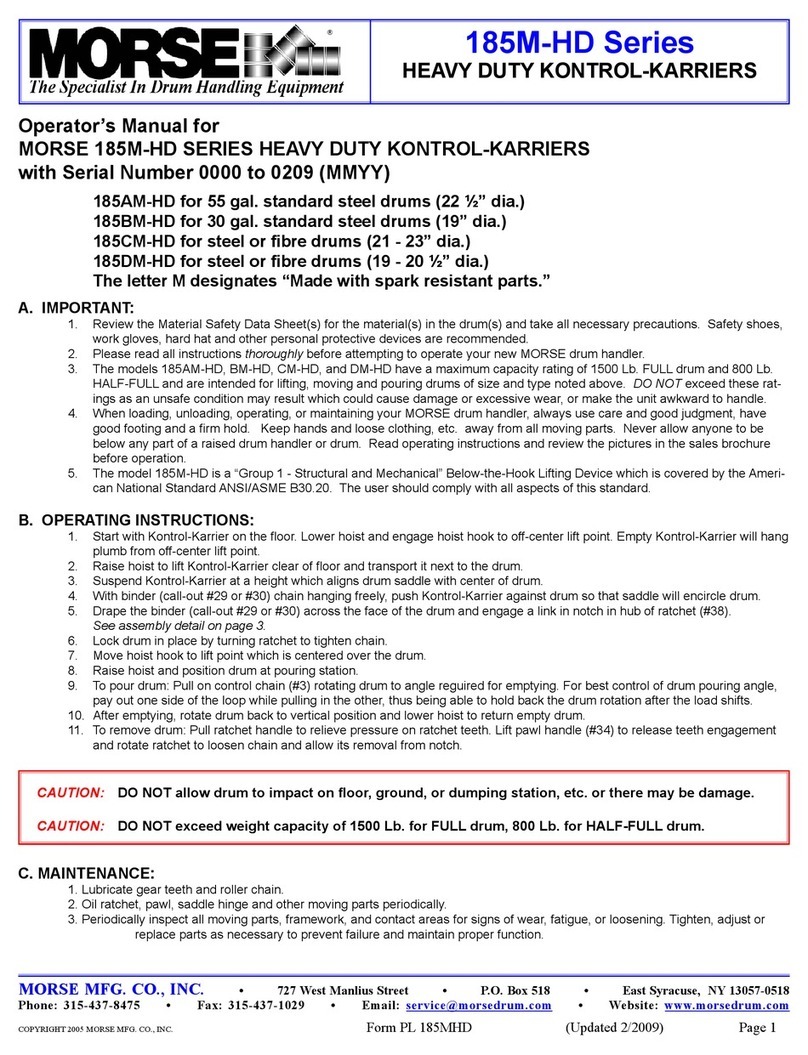
morse
morse 185M-HD Series Operator's manual
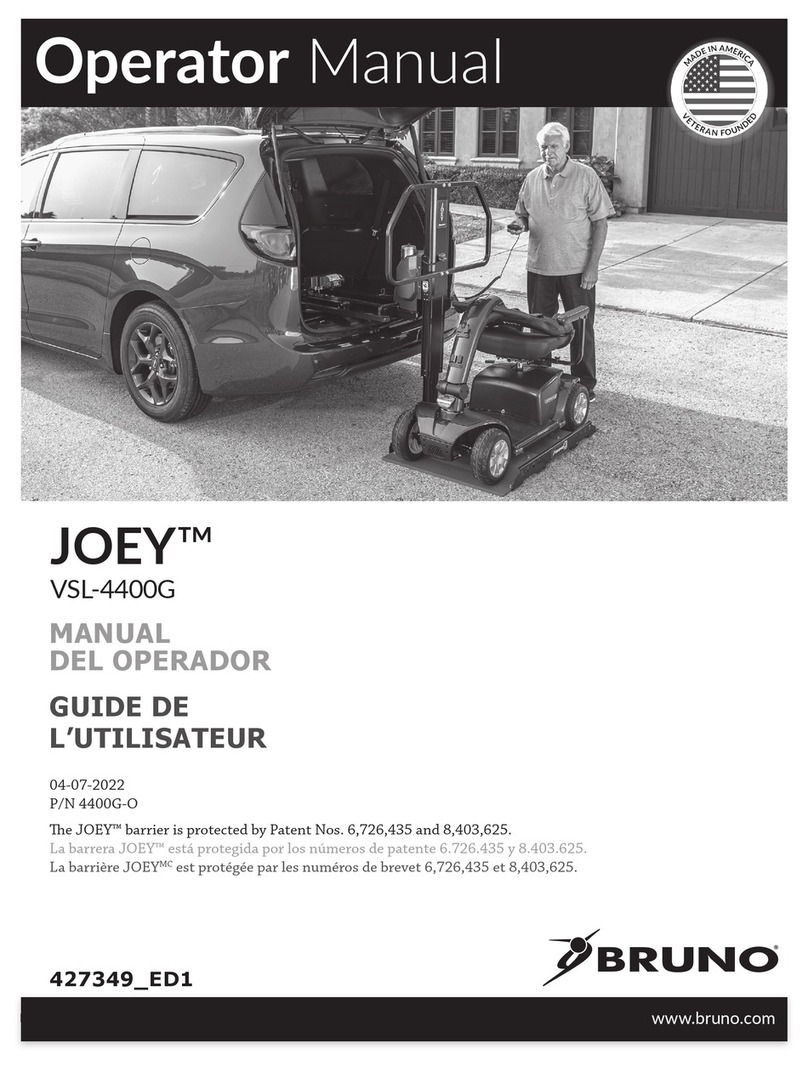
Bruno
Bruno JOEY VSL-4400G Operator's manual
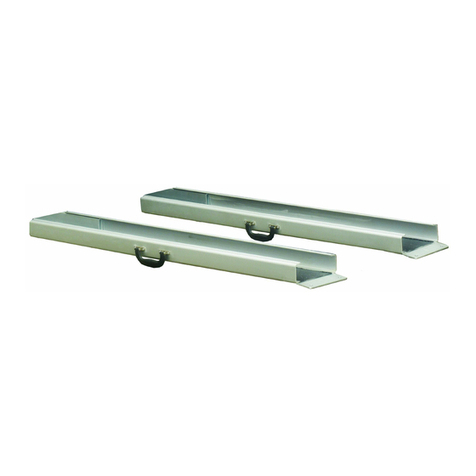
NRS Healthcare
NRS Healthcare M49251 User instructions
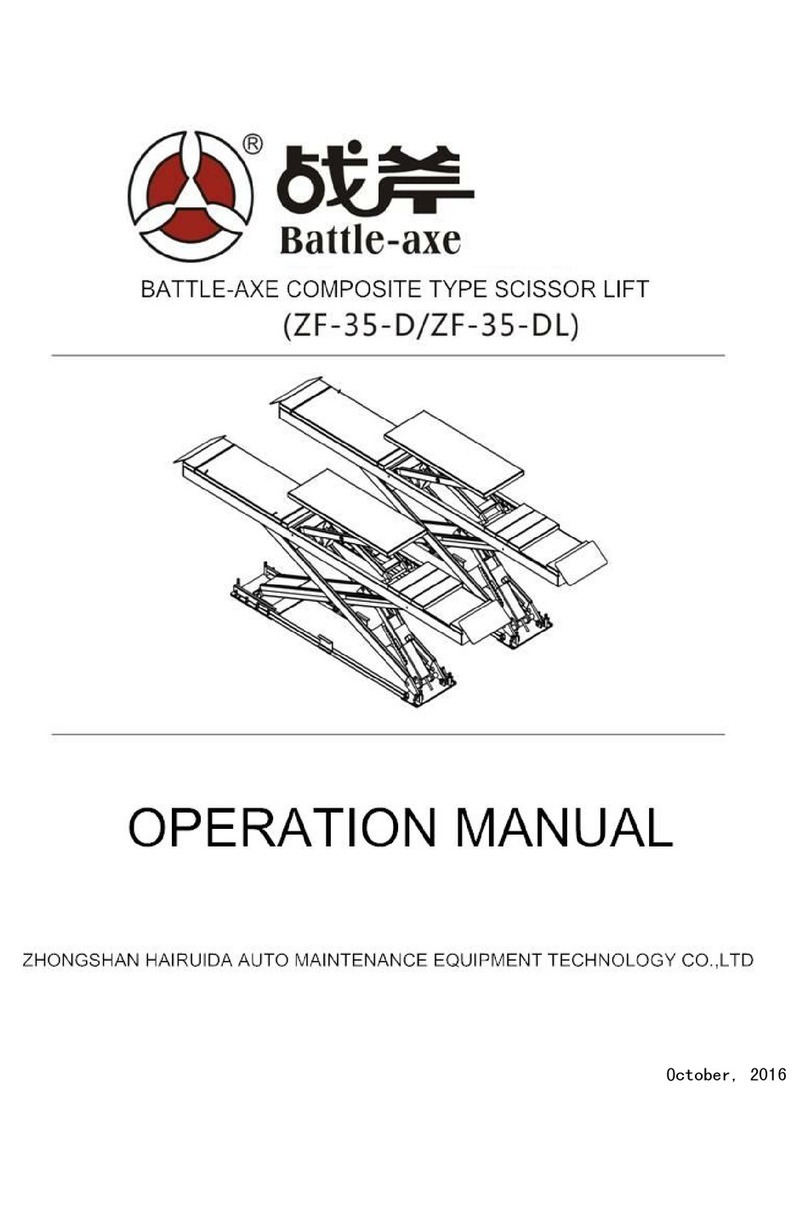
Battle-axe
Battle-axe ZF-35-D Operation manual
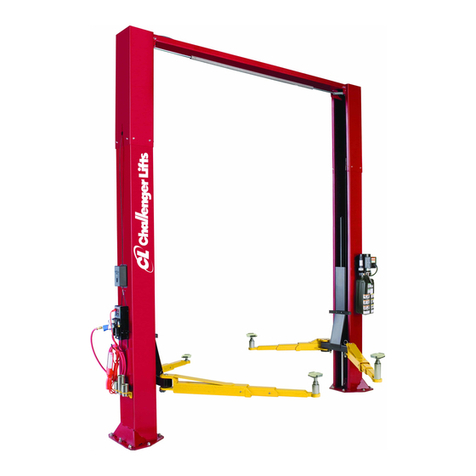
Challenger Lifts
Challenger Lifts Versymmetric Installation, operation & maintenance manual
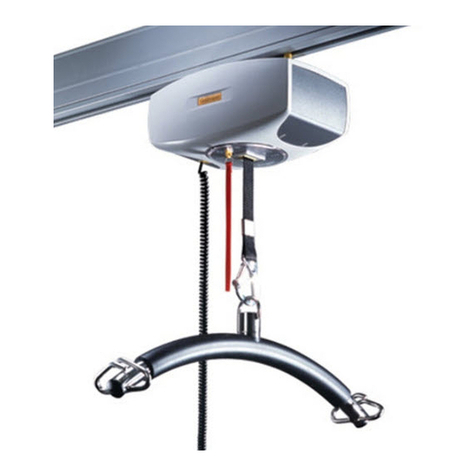
Guldmann
Guldmann GH2 installation guide
